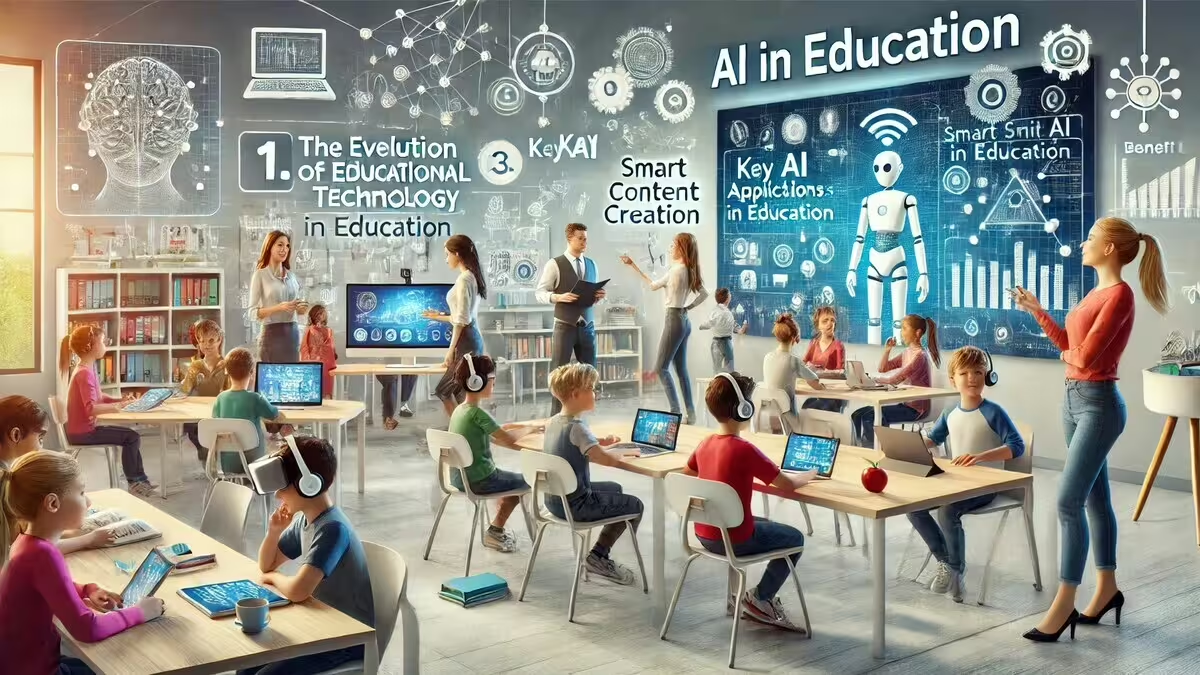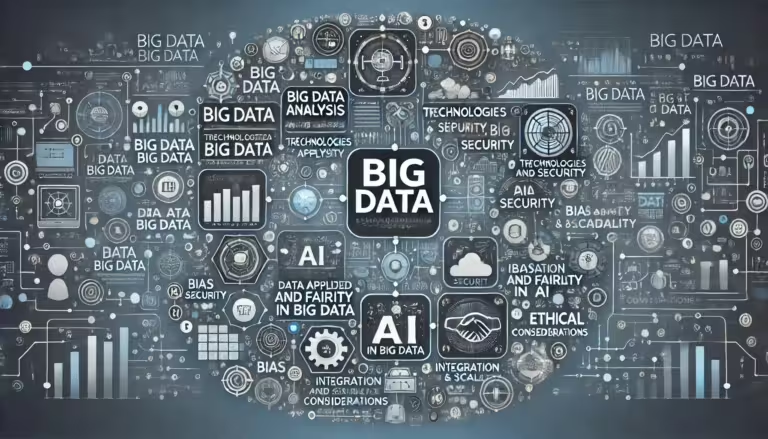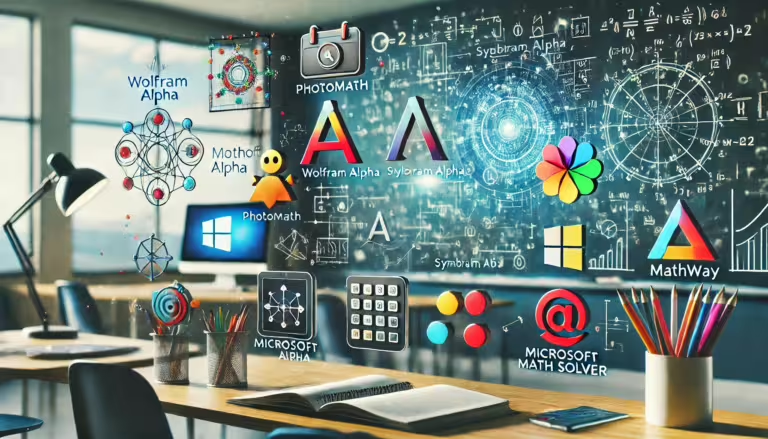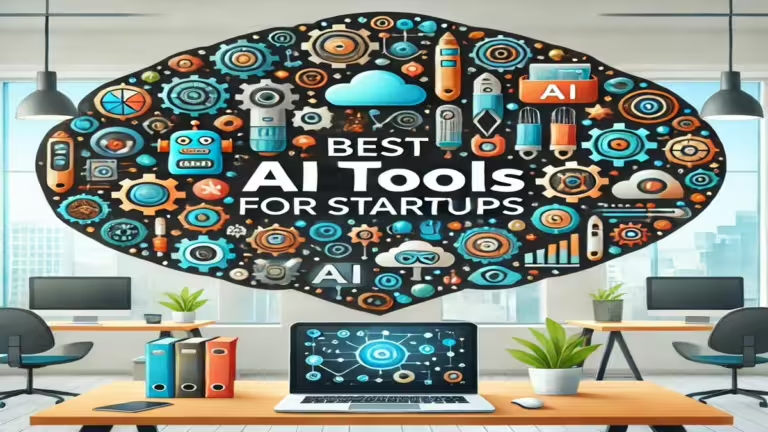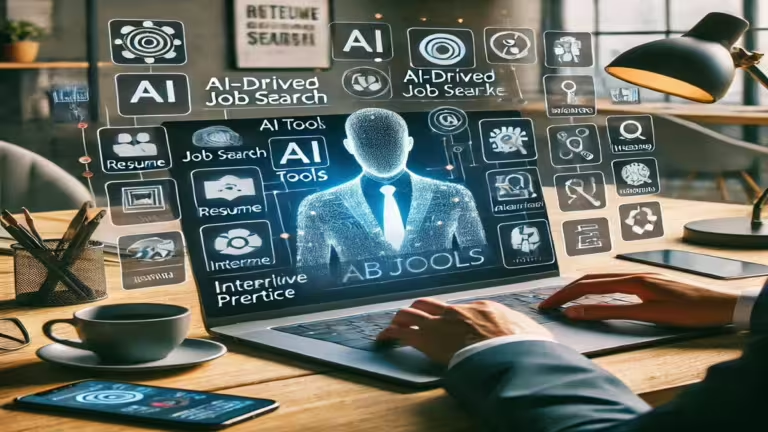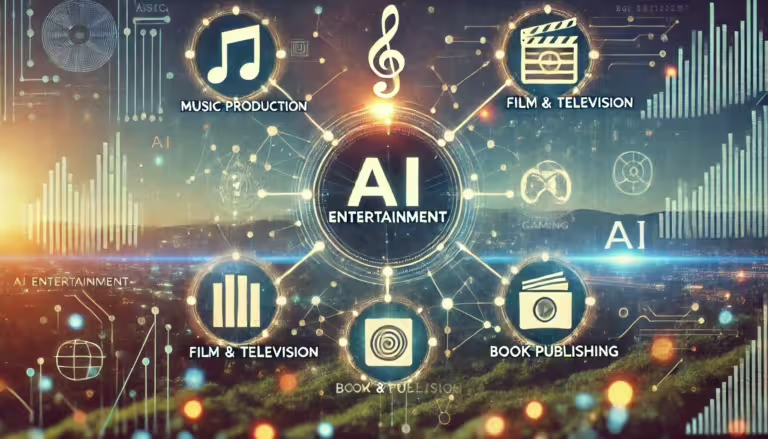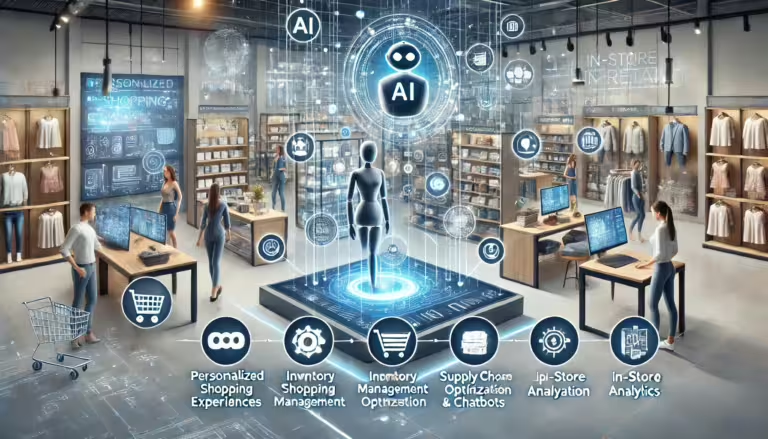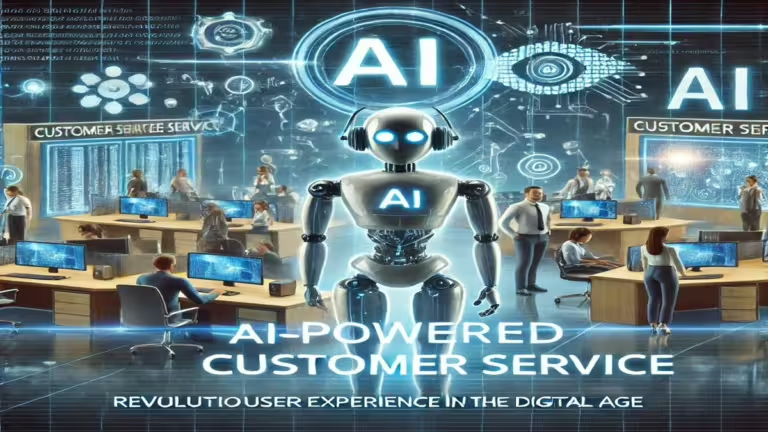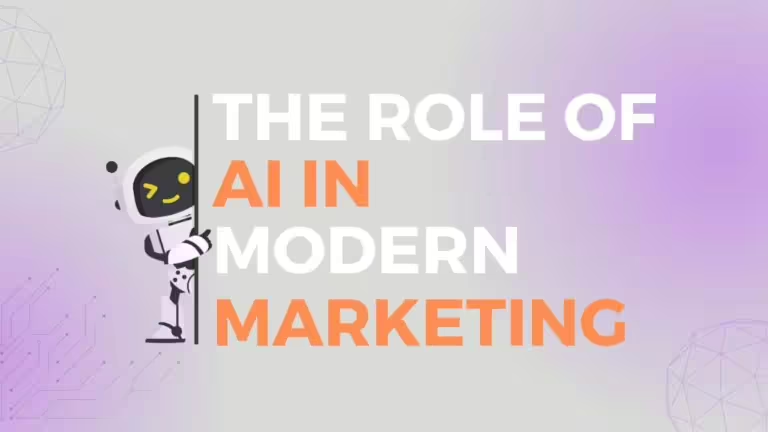Introduction
The dawn of artificial intelligence (AI) has ushered in a new era of possibilities across various sectors, and education is no exception. As we stand on the cusp of a learning revolution, it’s crucial to understand how AI is reshaping our classrooms, transforming teaching methodologies, and redefining the very essence of education. This comprehensive exploration delves into the multifaceted impact of AI on education, examining its applications, benefits, challenges, and the future it promises.
Understanding AI in Education
Before we dive into the specifics, it’s essential to grasp what AI in education truly means. AI in this context refers to the use of machine learning algorithms, natural language processing, and other AI technologies to enhance and personalize the learning experience. It’s not about replacing teachers with robots but augmenting human expertise with intelligent systems to create more effective, efficient, and engaging educational environments.
1. The Evolution of Educational Technology
To appreciate the significance of AI in education, we must first look at the evolution of educational technology. From the introduction of computers in classrooms to the rise of online learning platforms, technology has been gradually changing the face of education for decades. AI represents the next big leap in this ongoing evolution, promising to address longstanding challenges in education and open up new frontiers of learning.
The AI Ecosystem in Education
AI in education comprises a wide range of technologies and applications. This includes machine learning algorithms that analyze student data, natural language processing that powers intelligent tutoring systems, computer vision that enables new forms of assessment, and more. These technologies work together to create an ecosystem of smart, responsive educational tools and platforms.
2. Key AI Applications in Education
Personalized Learning Paths
One of the most promising applications of AI in education is the creation of personalized learning opportunities. Traditional education often follows a one-size-fits-all approach, but AI allows for truly individualized learning experiences.
Adaptive Learning Platforms
AI-powered adaptive learning platforms use sophisticated algorithms to assess a student’s knowledge, skills, and learning style. Based on this analysis, the platform can tailor the content, pace, and difficulty of lessons to match the student’s needs. For example, if a student is struggling with algebra, the system might provide additional explanations, simpler problems, or even backtrack to reinforce prerequisite concepts.
Intelligent Content Curation
AI systems can curate educational content from various sources, creating a personalized curriculum for each student. This might include selecting appropriate textbook chapters, finding relevant online articles, or recommending educational videos. The AI continuously refines its recommendations based on the student’s progress and feedback.
Intelligent Tutoring Systems
AI-driven tutoring systems represent a significant advancement in educational technology, offering personalized, on-demand support to students.
Natural Language Interaction
Modern AI tutors can engage in natural language conversations with students, answering questions, providing explanations, and even asking probing questions to deepen understanding. These systems use natural language processing and generation to create human-like interactions.
Error Analysis and Targeted Feedback
AI tutors can analyze student responses to identify not just whether an answer is correct, but also the specific misconceptions or errors that led to incorrect answers. This allows for highly targeted feedback and remediation.
Emotional Intelligence in AI Tutors
Advanced AI tutoring systems are beginning to incorporate emotional intelligence, using sentiment analysis and facial recognition to gauge a student’s emotional state. This allows the system to adjust its approach, offering encouragement or changing topics if a student appears frustrated.
3. Smart Content Creation
AI is transforming the way educational content is created and delivered, making it more interactive, adaptive, and engaging.
Dynamic Textbooks
AI-powered textbooks can adapt their content based on a student’s reading speed, comprehension level, and areas of interest. For instance, a history textbook might offer more in-depth information on topics that particularly engage a student, or simplify language for those who are struggling.
Automated Content Generation
AI can assist in creating educational content, from generating practice problems to summarizing complex texts. This can help teachers quickly produce customized materials for their classes.
Multimedia Integration
AI systems can intelligently integrate various forms of media – text, images, videos, and interactive simulations – to create rich, multimodal learning experiences. For example, an AI might enhance a lesson on photosynthesis with relevant videos, interactive diagrams, and virtual experiments.
Administrative and Operational Efficiency
AI is not just changing how students learn, but also how educational institutions operate.
Automated Grading and Feedback
AI-powered grading systems can rapidly assess multiple-choice tests, essays, and even coding assignments. These systems go beyond simple right/wrong evaluations, offering detailed feedback and suggestions for improvement.
Predictive Analytics for Student Success
By analyzing vast amounts of data, AI can identify students at risk of falling behind or dropping out. These predictive models enable proactive interventions, allowing educators to provide targeted support before issues escalate.
Efficient Resource Allocation
AI can help educational institutions optimize their resource allocation, from scheduling classes to managing budgets. For instance, AI systems can analyze enrollment patterns, student preferences, and teacher availability to create optimal class schedules.
4. Benefits of AI in Education
The integration of AI in education offers numerous benefits that have the potential to transform the learning experience for students and educators alike.
Enhanced Personalization
Perhaps the most significant benefit of AI in education is its ability to personalize learning at scale. By adapting to each student’s unique needs, learning style, and pace, AI systems can help ensure that every student receives an education tailored to their individual requirements.
Increased Accessibility
AI-powered educational tools can make learning more accessible to a wider range of students. This includes students with disabilities, those in remote areas, and non-traditional learners. For example, AI-driven text-to-speech and speech-to-text technologies can assist students with visual or auditory impairments.
Immediate Feedback and Assessment
AI systems can provide instant feedback on student work, allowing for rapid iteration and improvement. This immediate feedback loop can accelerate learning and help students quickly correct misconceptions.
Data-Driven Insights
AI’s ability to analyze vast amounts of educational data can provide valuable insights to educators and administrators. These insights can inform teaching strategies, curriculum design, and educational policy decisions.
Lifelong Learning Support
As the pace of technological change accelerates, lifelong learning becomes increasingly important. AI can support this by recommending relevant courses, identifying skill gaps, and providing personalized learning pathways throughout an individual’s career.
5. Challenges and Considerations
While the potential of AI in education is immense, it’s important to acknowledge and address the challenges and ethical considerations that come with its implementation.
Data Privacy and Security
The use of AI in education involves collecting and interpreting large amounts of student data. This raises important questions about data privacy, security, and consent. Educational institutions must implement robust data protection measures and ensure transparency in how student data is used.
The Digital Divide
There’s a risk that the adoption of AI in education could exacerbate existing educational inequalities. Students without access to advanced AI-powered learning tools might fall behind their peers. It’s crucial to ensure that AI educational technologies are accessible to all students, regardless of their socioeconomic background.
The Role of Human Teachers
As AI takes on more tasks in education, there are concerns about the changing role of human teachers. It’s important to emphasize that AI should augment, not replace, human educators. The goal should be to free teachers from routine tasks so they can focus on higher-value activities like mentoring, fostering critical thinking, and providing emotional support.
Algorithmic Bias
AI systems can inadvertently perpetuate or even amplify existing biases in education. For example, if an AI system is trained on data that reflects historical gender biases in STEM fields, it might reinforce these biases in its recommendations or assessments. It’s crucial to regularly audit AI systems for bias and ensure diversity in the teams developing these technologies.
Overreliance on Technology
There’s a risk of becoming overly dependent on AI technologies in education. It’s important to maintain a balance, ensuring that students still develop crucial skills like critical thinking, creativity, and interpersonal communication that may not be easily taught by AI systems.
6. Real-World AI Education Innovations
Numerous companies and institutions are already implementing AI in innovative ways to enhance education. Here are some notable examples:
Carnegie Learning
Carnegie Learning’s MATHia platform uses AI to provide customized math instruction. The system adapts in real-time to student responses, providing targeted practice and instruction where it’s most needed.
Third Space Learning
This UK-based company uses AI to analyze online tutoring sessions, providing real-time feedback to tutors to improve the quality of their instruction. The AI can detect when a student is confused or frustrated and suggest strategies for the tutor.
Knewton
Knewton’s adaptive learning platform uses AI to create personalized learning paths for students across various subjects. The system continuously assesses student performance and adjusts content difficulty and pacing accordingly.
Duolingo
While primarily known as a language learning app, Duolingo uses sophisticated AI algorithms to personalize lessons, predict when users are likely to forget words, and optimize the learning experience.
Coursera
This popular online learning platform uses AI to personalize course recommendations, provide instant feedback on coding assignments, and even detect potential academic dishonesty.
7. The Future of AI in Education
As AI technology continues to advance, we can expect to see even more innovative applications in education. Here are some potential developments in the arena:
Virtual and Augmented Reality Integration
AI-powered virtual and augmented reality experiences could revolutionize how students engage with complex concepts. Imagine students exploring the human circulatory system in virtual reality, with an AI guide providing personalized explanations and quizzes.
Emotion-Aware Learning Systems
Future AI systems might be able to detect and respond to students’ emotional states in real-time, adjusting the learning experience to optimize engagement and minimize frustration.
AI-Human Collaborative Teaching
We may see the development of sophisticated AI teaching assistants that work alongside human teachers, handling routine tasks and providing data-driven insights to inform teaching strategies.
Lifelong Learning Ecosystems
AI could power comprehensive lifelong learning platforms that guide individuals through their educational journey from early childhood through their professional careers, continuously adapting to changing skills requirements and personal goals.
Neuroscience-Informed AI
As our understanding of the brain and learning processes advances, we may see AI systems that are informed by neuroscience, optimizing the timing and method of information presentation to align with how our brains learn most effectively.
Also Read: Best AI Tools For Designers
Conclusion
The integration of AI in education represents a paradigm shift in how we approach teaching and learning. While challenges remain, the potential benefits – from truly personalized learning experiences to more efficient and effective educational systems – are too significant to ignore.
As we move forward, it’s crucial that we approach the implementation of AI in education thoughtfully and ethically. We must ensure that these technologies serve to enhance and democratize education rather than create new barriers or reinforce existing inequalities.
The future of education isn’t about AI versus human teachers – it’s about how AI and educators can work together to unlock the full potential of every learner. By embracing AI responsibly and creatively, we have the opportunity to create an educational system that’s more responsive, inclusive, and effective than ever before.
As we stand on the brink of this educational revolution, it’s an exciting time for students, educators, and society as a whole. The AI-powered classrooms of tomorrow promise to nurture curiosity, foster deep understanding, and prepare learners for a rapidly changing world. While the journey may be complex, the destination – a world where every individual has access to high-quality, personalized education throughout their life – is undoubtedly worth pursuing.
